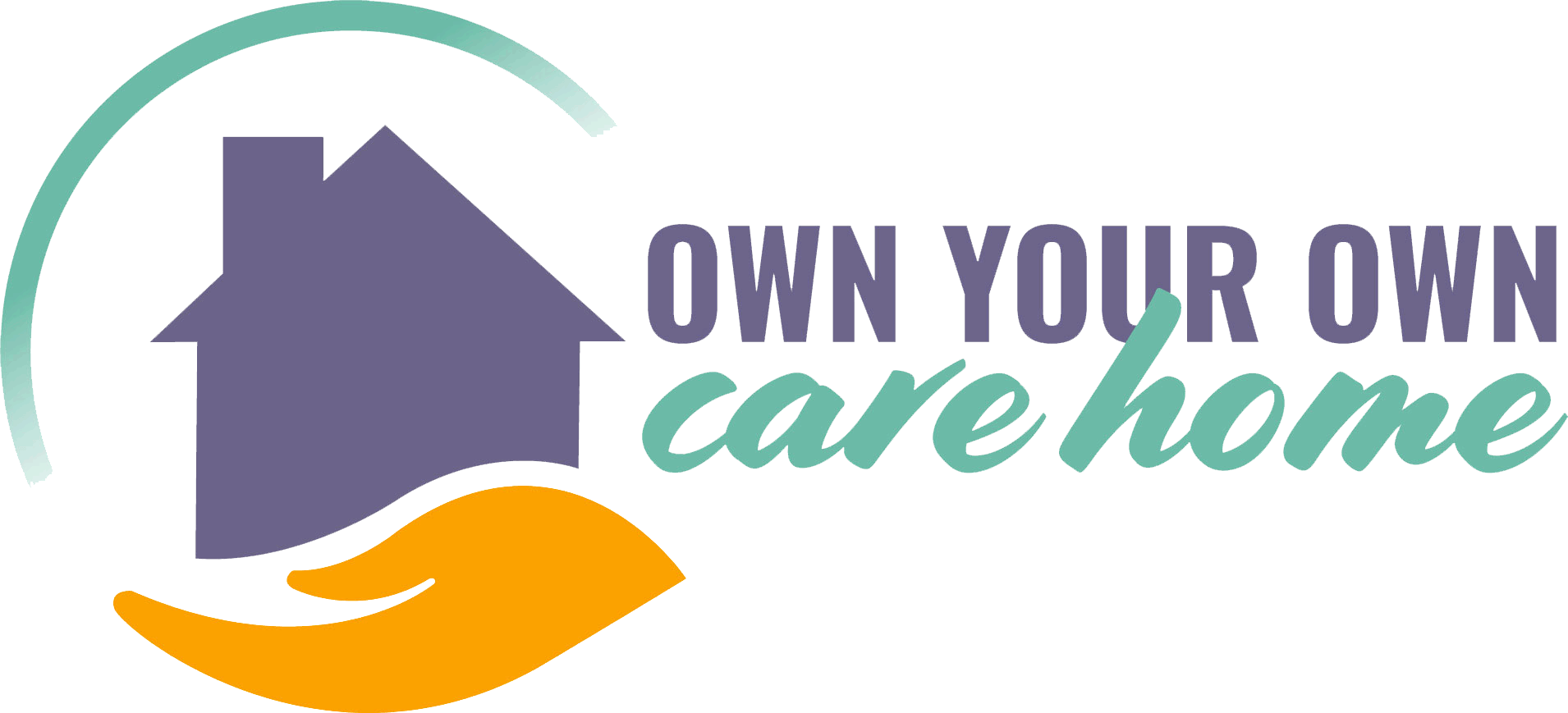The Demand
There is a growing demand in the care home market as life expectancy in general is increasing with the average baby born today expected to live to 100. The biggest issue facing all western economies is that with the ageing population means far more people dependent on the state at a huge cost to the taxpayer. So the question is always who funds the care.
The Demand
There is a growing demand in the care home market as life expectancy in general is increasing with the average baby born today expected to live to 100. The biggest issue facing all western economies is that with the ageing population means far more people dependent on the state at a huge cost to the taxpayer. So the question is always who funds the care.
The UK care home market
One of the best sources of information about the sector is LaingBuisson’s market-defining report, Care Homes for Older People.
The report finds that the market continues to grow by about 3% per annum (nominal), driven by cost inflation, and was worth £16.9 billion in the year to March 2018.
LaingBuisson has collated and analysed the data from individual care home reports and these show that overall occupancy of care homes is lower than previously thought, at about 85% when measured as occupied beds as a percentage of registered beds.
William Laing, report author and Data Director at LaingBuisson said:
“At the premium end of the market, the top decile of care homes for older people charge in excess of £1,200 per week (nursing care) and over about £900 or more per week (residential care). It is believed that the premium market is under-supplied in many affluent areas, and that there remains an unfulfilled demand for more high quality homes aimed primarily at a self-pay clientele and run to the sort of standards that an increasingly discriminating public has come to expect in other sectors of the economy. The relative buoyancy of the private pay market in general, and in particular the market for homes charging premium fee rates in affluent areas, is reflected in the focus of most current care home development on the self-pay market. The private care home market also overlaps with the privately paid extra care market, with several operators’ offerings spanning both.”
A key determinant of the market remains the balance between state-pay and self-pay clients. Where state-pay prevails, there continues to be significant pressure on providers’ prices and margins from council and CCG commissioners, putting into question the sustainability of the model.

Another recent report from the Competition and Markets Authority’s (CMA’s) study into residential and nursing care…
They calculate that there are around 5,500 different providers in the UK operating 11,300 care homes for the elderly. Around 95% of their beds are provided by the independent sector (both for-profit and charitable providers). Local Authorities generally commission care services from independent care providers.

